This month I’m diving into another round of Whole30. After doing 4 rounds but eating pretty much Whole30 and always Paleo otherwise, I’ve figured out a few ways to save money on what can be spendy way of eating. Don’t get me wrong, eating whole foods can be expensive, but there are definitely ways to shave off some costs here and there to make your food budget stretch further. So this month I’ll be showing you how I do a budget Whole30 and what recipes I make with the food I buy.
Skip ahead to see the saving tips and costs from week 2, week 3 or week 4!
One of the most common reasons people tell me they can’t eat healthy is because it’s too expensive. One of the most common complaints I receive about the Whole30 specifically is that it’s too expensive. I’m hoping by documenting the amount I spend on food and the recipes I make with it, I’ll be able to dispel a lot of those misconceptions that eating healthy has to cost a small fortune and help you to feel like this is accessible even if your budget is limited (like mine!). I also hope it’ll help those who already implement money saving tricks learn something new to use to save even more!
At the beginning of a Whole30, it’s a good practice to do a kitchen clean out. Meaning, toss, donate or store all of the things you won’t be using. Things like vegetable oil, butter, white flour and conventional dressings are items that will need to be removed from your diet. A lot of these may be staples in your diet or your cooking. Because of that, there will usually be some upfront costs to replace those products with healthier, Whole30 approved ones. This is what makes Whole30 expensive for most people.
But before you go balls-to-the-walls at your nearest Whole Foods buying everything in the store without added sugar, make a list of the staple items you think you’ll need. Then, cross off any of the items you can make yourself. Those will usually be mayo, ghee and condiments and dressings like ketchup, ranch and balsamic.
Find affordable Whole30 compliant products with this list of 80+ Walmart Whole30 options, 50+ Target Whole30 compliant foods, and a Trader Joe’s shopping list!
Personally, I usually do not use homemade mayo, even when I am doing a budget Whole30. I end up spending more money by making it because I don’t use it that often and the ingredients I used in it go to waste. So, that being said, know your preferences and make decisions on where to spend on the money based on what you’ll use. I also don’t make my own ghee because to me it’s not worth the time and mess and I’d rather purchase it with the money I’m saving elsewhere.
On your list of staple items you’ll probably be left with things like almond and/or coconut flour, ghee, cooking oils and fats, coconut aminos, almond butter, broth (which you could make yourself as well), marinara and canned items like coconut milk and diced tomatoes.
Stocking up on these things before your Whole30 even starts is going to make you feel like you’re in for an expensive month. I thought I was going to have to sell my car the first time I purchased all of these things. BUT, there’s smarter ways to do it now than there was back when I did my first round.
Order Thrive Market’s Whole30 items, which are cheaper than Whole Foods. For example, Primal Kitchen Avocado Oil is under 10 bucks on Thrive, compared to 15 on Amazon or 13 at Whole Foods. Compare prices with that and Amazon for your other staples too. You can read about my Paleo staple items, too!
Check the company websites themselves. Find codes to give you a discount, like using GROK15 at Primal Kitchen to get 15% off of your mayo and avocado oils. Don’t order fancy bone broth when you can make it yourself or use Target’s cartwheel app to get regular or bone broth there much cheaper. The nice thing about buying most of these staple items is that you’ll have them well through your Whole30. It’s an investment that will be beneficial after these 30 days too, as you’ll now have replaced unhealthy items with ones that are better for you and your family.
My Whole30 Staple Items Expenses:
So, onto MY actual expenses for these staple items. Which, I’ll be honest, was a bit tough to calculate. After 2 years of eating Paleo, all of these things are already in my kitchen and, full disclosure, a lot of them have been sent to me for free. However, they are all still things I’ve bought and used prior to receiving them. The way I calculated this was by adding the cost of the items I will use these next 30 days at the cheapest price I found or bought them at.
Staple items I include in my Whole30 based on their Thrive Market price, unless noted:
Avocado Oil: $6.75 (WalMart)
Olive oil – $8.95 (Target)
Mayo: $7.45
Almond Flour – $8.95
Coconut Flour – $3.45
Arrowroot starch – $3.95
Tapioca flour – $2.95
Coconut oil- $7.95
2 jars marinara – $9.15
Ghee – $10.95
Coconut aminos – $3.49
Cooking Fat (tallow, lard) – $6.99
Almonds – $5.99 (Aldi)
2 containers of chicken Broth- $5.89 (Target)
Apple cider vinegar – $2.45
Total: 95.31
Tips to Save Money:
One way I save money on staple items before doing a budget Whole30 is to not buy everything that you see people recommending for Whole30 staples. There’s so many Whole30 staple articles out there now and it can be really overwhelming. This list is specific to me and the things I know I will use. During my round, if I end up needing something else, I’ll purchase it then as opposed of buying something that I *might* use and end up not needing. For example, if you don’t think you’ll be breading anything during your round of Whole30, wait to buy coconut flour until you need it. Don’t really like Asian food? Skip the coconut aminos for now. Prefer pecans to almonds? Great, find those at a cheap price instead of buying both! Make it your list. You’ll save money that way.
*Note: I ended up not even using the flours, marinara, or coconut aminos during this round. I could have saved myself even MORE money ($27.99 to be exact). Sometimes the teacher gets taught!
Some people consider dressings and condiments staple items as well. If you’re truly trying to do a Whole30 as cheap as humanly possible, making your own BBQ, mayo, ketchup, ranch, ghee, balsamic vinaigrette and other dressings will save you SO. MUCH. MONEY.
A really easy way to dress salads is it simply use olive oil and lemon juice. I love it and it’s what I usually order at restaurants. However, as cheap as that is, it gets boring so I suggest mixing it up and playing around with other oils, spices or apple cider/red wine vinegars. All cheap ingredients compared to pre-made dressings.
Other people also consider snack/emergency food and bars a staple. While I would typically agree with this completely, I don’t think they’re necessary when doing a budget Whole30. When I first started Whole30, none of that stuff even existed. Snacks were pre-cut fruits and veggies, nuts, protein salad (chicken or tuna) or just leftovers! As much as I LOVE my RXBARS and jerky, there really is no need to purchase them to be successful with Whole30. Are they convenient? You betcha. But they’re also expensive. With a little extra foresight and prepping snacks, you’ll keep a lot of extra money in your proverbial pocket.

Buy meat when it’s on sale. I’ve been doing this consistently for a while and now I have basically a little meat counter in my freezer. I shop from myself first before I go grocery shopping to decide what to put on my meal plan for the week. I have a few types of fish, shrimp, pork products, beef and all kinds of chicken. After a while you’ll have created a stock of meats that you purchased at a discount instead of having to buy something just because it’s on your meal plan.
Not only does this save me money in the long run, but it saves me so much time grocery shopping. I whip in and usually only spend a few minutes at the front of the store in the produce section and I’m out of there. Because I already have the meat I need at home. Make sure you’re taking it home and storing it properly to avoid freezer burn so it’s tasty when you go to cook it!
Batch cook and make a few meals ahead of time. Again, requiring your freezer. But it’s so worth it to double recipes and have back up on hand so you don’t have to worry about what you’re going to do for dinner on a busy night a week or two from now.
This will help you save money because usually a recipe doesn’t require a WHOLE onion or more than half a can of tomato paste, etc., etc. I find that I waste less ingredients by doubling up on recipes. It also removes the guess work when I can pull out 5 individually portioned meals for lunches one week… which I didn’t spend any money on that week either!
You also don’t need to buy everything organic. While, yeah, sure, it might be ideal for some people, it’s not realistic if you’re trying to keep a lid on how much you’re spending. Whole30 also mentions that what’s most important is to buy higher quality meat as opposed to produce if you can’t do both. Check out what produce you should buy organic and which ones you can skip to save you (a lot of) extra money.
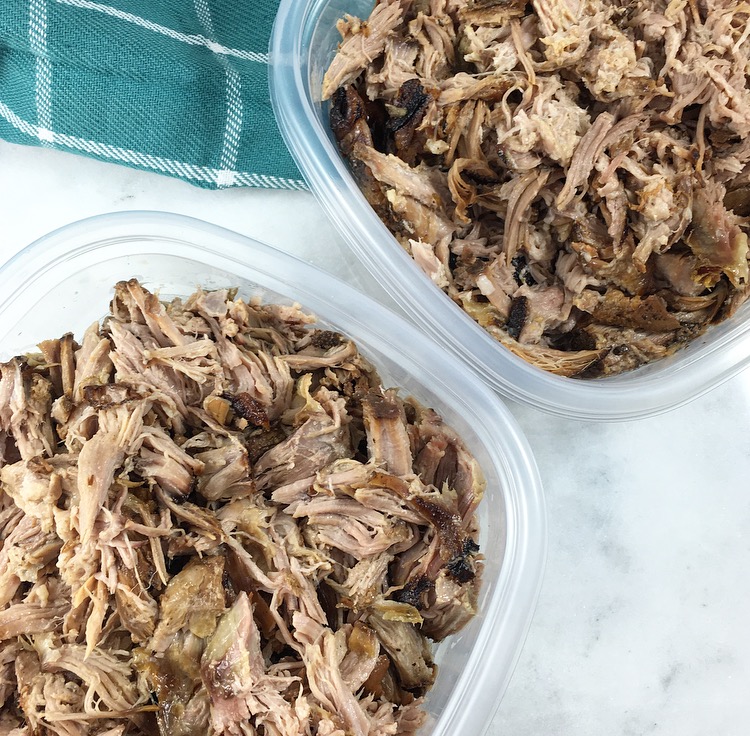
Bone broth. Let’s talk about that for a second. Grass-fed bone broth in the carton is SPENDY. It ranges anywhere from 6-15 bucks a carton. That’s just too much for a lot of people, myself included, to spend on a container of broth. Especially considering it only lasts 7-10 days in the fridge once opened and you usually only need a few cups at a time for a recipe.
To save money here, save all of your meat bones and all of the scraps (ends, leaves, peels) from your veggies and herbs. Throw them in a large gallon baggie in the freezer and once you have enough, make your own bone broth! If you do purchase bone broth, to save money and not let it go to waste, freeze the excess in an ice cube tray instead of putting it back into your fridge and forgetting about it. Having to open a new $10 container of broth each time you need 2 cups is an expensive habit. Freezing them in cubes allows you to take out what you need, when you need it!
Now that we’ve got staple items and some tips out of the way, we’ll dive into my week 1 budget, meal prep and where I spent my money this week.
Week 1 Budget:
Meal Prepped Meals:
Chicken, Potato and Cranberry Sheet Pan Dinner (clean out the fridge meal)
This might look like a lot for one person, but one way I save time and money later is to batch cook and freeze half of some of the meals I make. This week I froze half of the spaghetti sauce, half of the pulled pork and half of the Swedish meatballs. Later on during my budget Whole30, these will serve as quick meals that I’ve already cooked… and paid for! I also made a breakfast hash, but because I know I personally prefer to cook breakfast fresh each morning, this meal, along with the pulled pork bowls served as my lunches.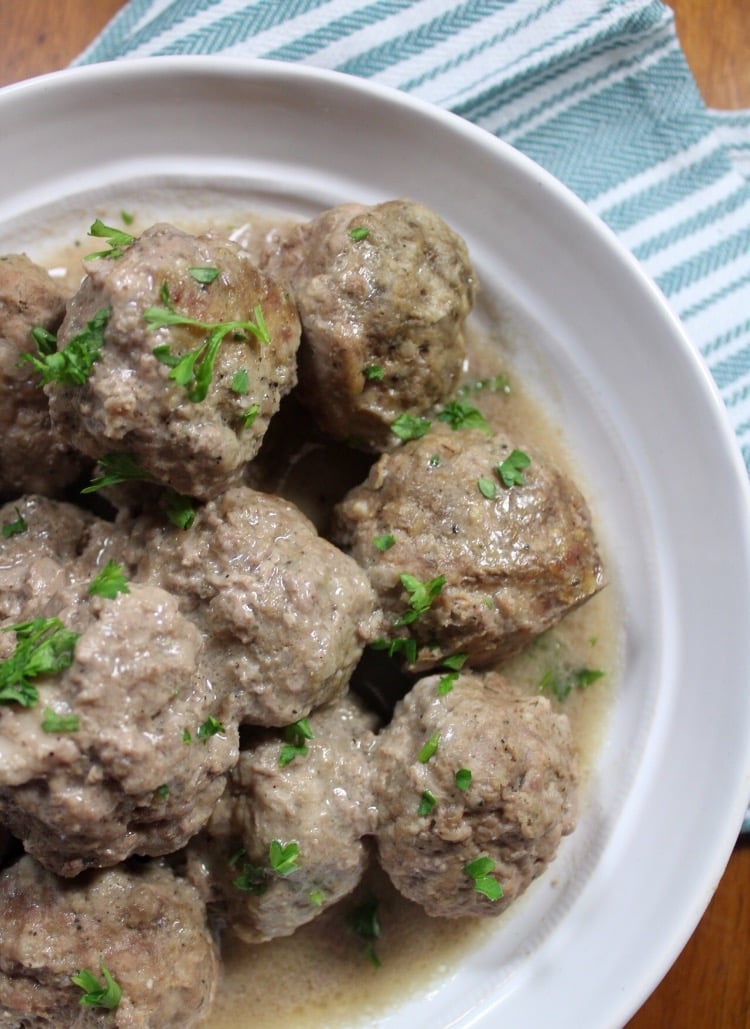
This week I was able to get most of my produce at Aldi. That’s always my first stop because I can get cheap and (usually) good quality produce there. What I don’t find there, I’ll go to Target or Walmart for. If you don’t have an Aldi, I’d suggest finding a budget friendly place to find produce. I often go to farmer’s markets that are near me when it’s nice out here in Minnesota and fill my “all you can fit for $8” bag they offer there, order a seasonal CSA basket that I get weekly or monthly or just create my weekly meals around seasonal fruits and veggies. It’s way cheaper to buy blueberries in the summer than it is to buy them in December when it’s 7 bucks for a tiny carton.
At Aldi I’m also able to find some quality meat products. At first I was skeptical about purchasing meat from Aldi but after further researching, asking questions, reading labels and trying it out for myself, I’ve been surprised at the high quality and cheap price. The Aldi I go to has ground pork sausage that’s compliant for under 3 bucks a pound and grass-fed ground beef HALF the price of Whole Foods. Yeah, half the price. I paid $4.99 per pound there as opposed to Whole Food’s price of $9.49.
I check the Target Cartwheel app for their produce on sale. It’s usually only 5% off, but sometimes I can snag lemons, garlic and berries at a greater discount. Not budget friendly options, but they also have products like La Croix, MamaChia and Justin’s almond butter on the app for a discount quite often as well.
This week the only things I bought at Target were avocados, 2 packages of Aidell’s chicken and apple sausages, one for now and one for the freezer, and spinach, as the spinach didn’t look fresh at Aldi this week.
My final stop is usually Whole Foods. Here I’ll get any meat or specialty items I wasn’t able to get at other stores. When doing a Whole30 as cheap as possible, I really try and go here as little as possible. I love Whole Foods and could go there everyday but unfortunately my bank account doesn’t like it as much as I do.
One thing I do buy from Whole Foods consistently are eggs. They sell eggs from a local Minnesota farm that are free range and all that good stuff for only $2.99, much cheaper than other brands or retailers.
This week, the only things I bought at Whole Foods were my eggs, Tessemae’s BBQ sauce, almond milk and pork shoulder, totaling $23.56. I could have made my own BBQ and almond milk to save money, too. And remember, half of that 4 pound pork shoulder went into the freezer for later and the almond milk will last me longer than just this week, both of which will make my costs cheaper later on.
I also buy bacon from here that is Whole30 compliant. I received the bacon I ate this week for free, but I will add it to the total cost to try to be as true to the actual cost of the things I ate as possible. One package of bacon was more than I needed this week, so the other half will also be used next week.
So, for my first week Whole30 budget breakdown by store, including ingredients/meals I paid for this week but will use later on, will look more expensive the first week but again, will show up to benefit my budget in the following weeks. Those ingredients and meals are: almond milk, chicken and apple sausage, bacon, BBQ sauce, canned tomatoes, Swedish meatballs, spaghetti sauce and pork shoulder. Produce I purchased this week, like bags of sweet potatoes, white potatoes and onions, will also carry over into next week but be reflected on this week’s budget.
That total cost includes all of the meals I prepared, plus all of my breakfasts. I used the veggies and leftovers as snacks if I needed them. Most of my breakfasts were eggs with sausage, bacon or the pulled pork leftovers that I just took a few minutes to crisp up in a skillet.
I also used leftover roasted sweet potato from the pulled pork bowls in breakfasts for a few days. By recycling leftovers I save money because I make sure to use everything up and have no food waste.
With the items that I purchased that will go beyond this week, the total would have probably been more in the $50-$55 range. I guess we’ll find out next week in the second installment of the budget Whole30 series! 😉
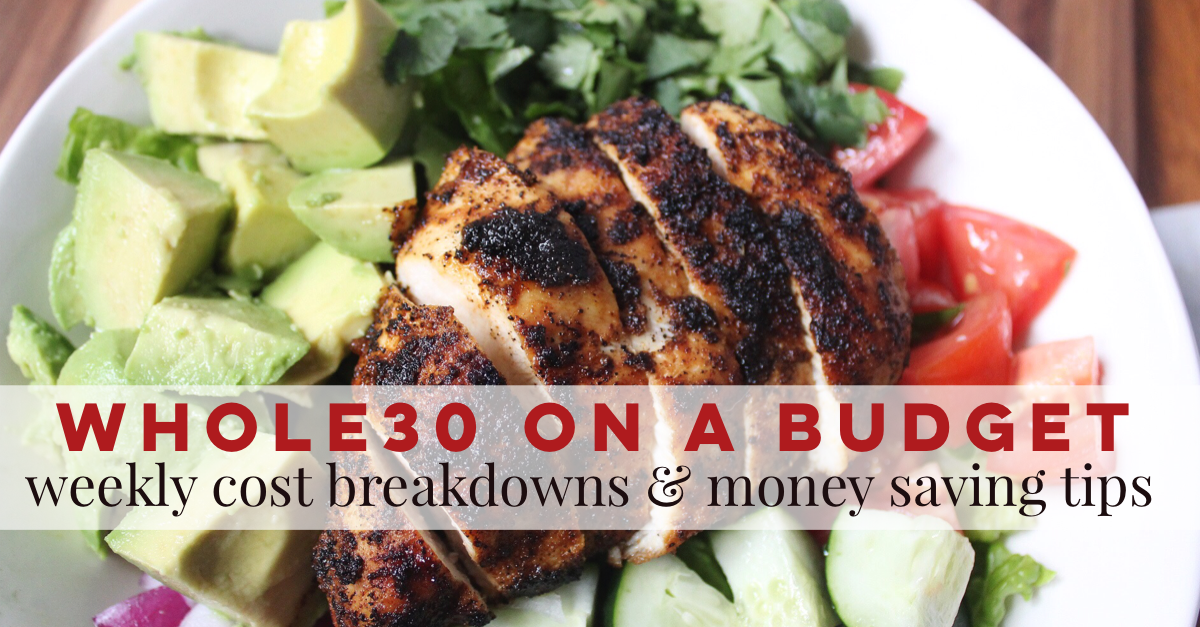
For more on Whole30, check out the articles 23 Steps to a Successful Whole30, Whole30 Compliant Drinks, and the story of my First Whole30!
See how week two of my budget Whole30 went!
This post may contain some links that are affiliate links, though products are ones I use personally and recommend. When you purchase anything using my links, it costs you absolutely nothing extra, but it does give Paleobailey.com a little financial support which helps to keep this blog running. Thank you for your continued support, both with your dollars and your interest.
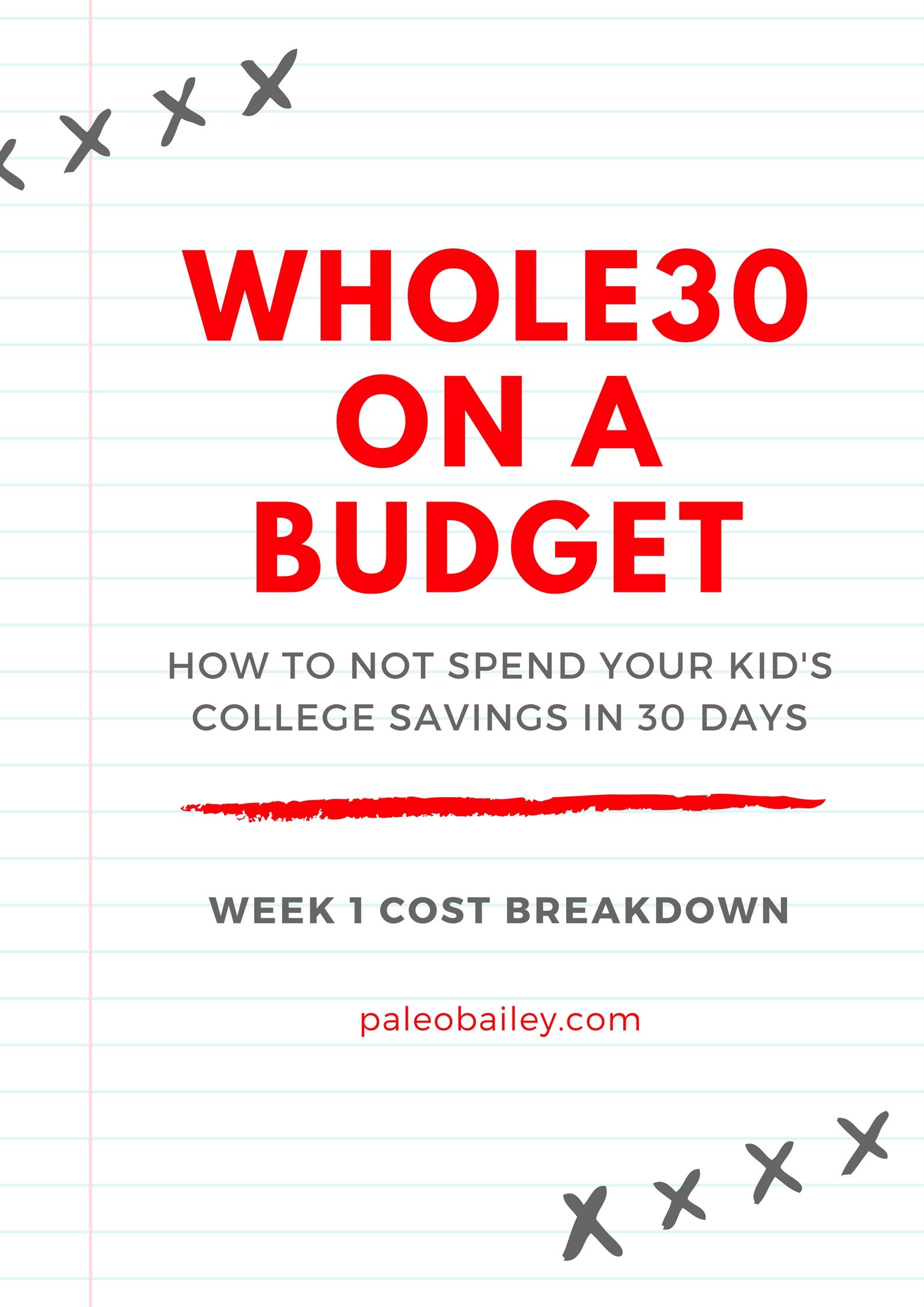
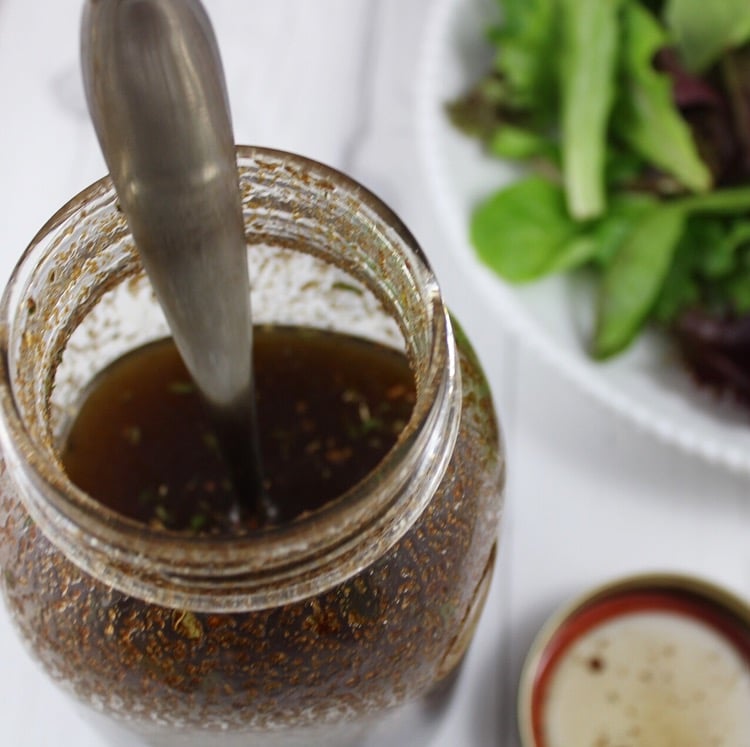

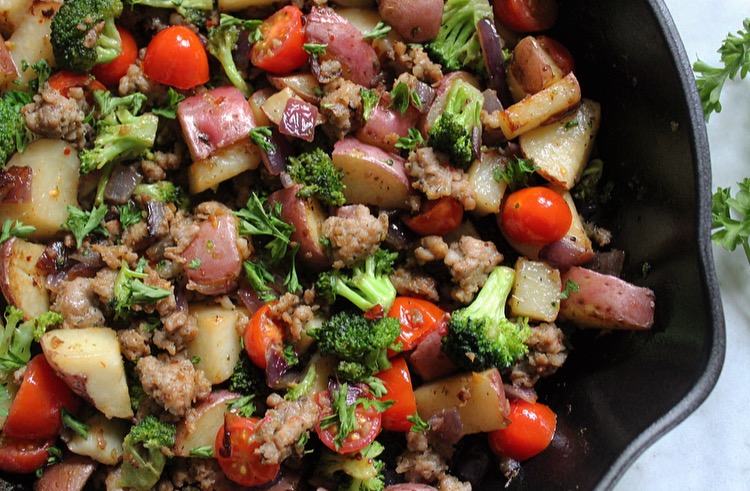
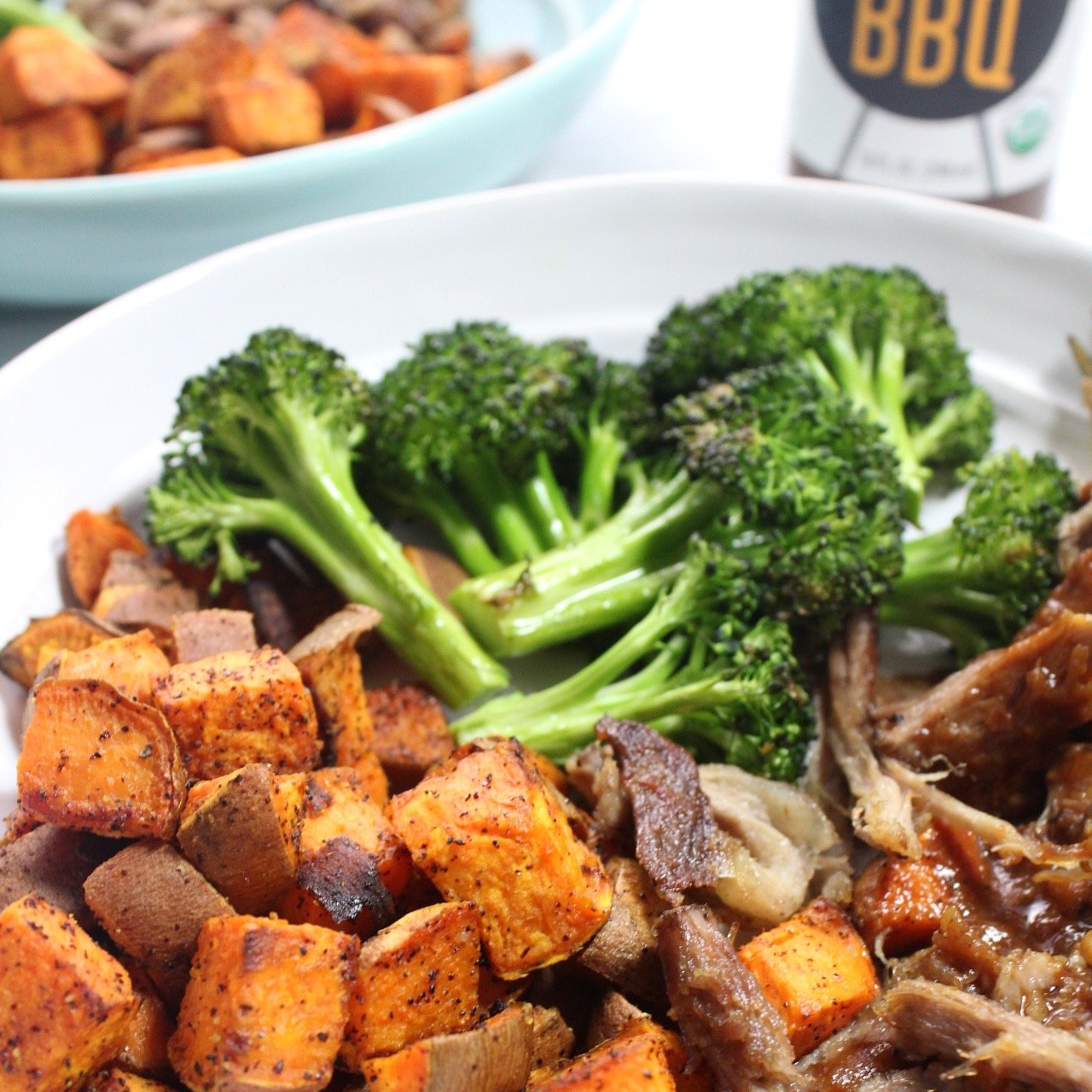
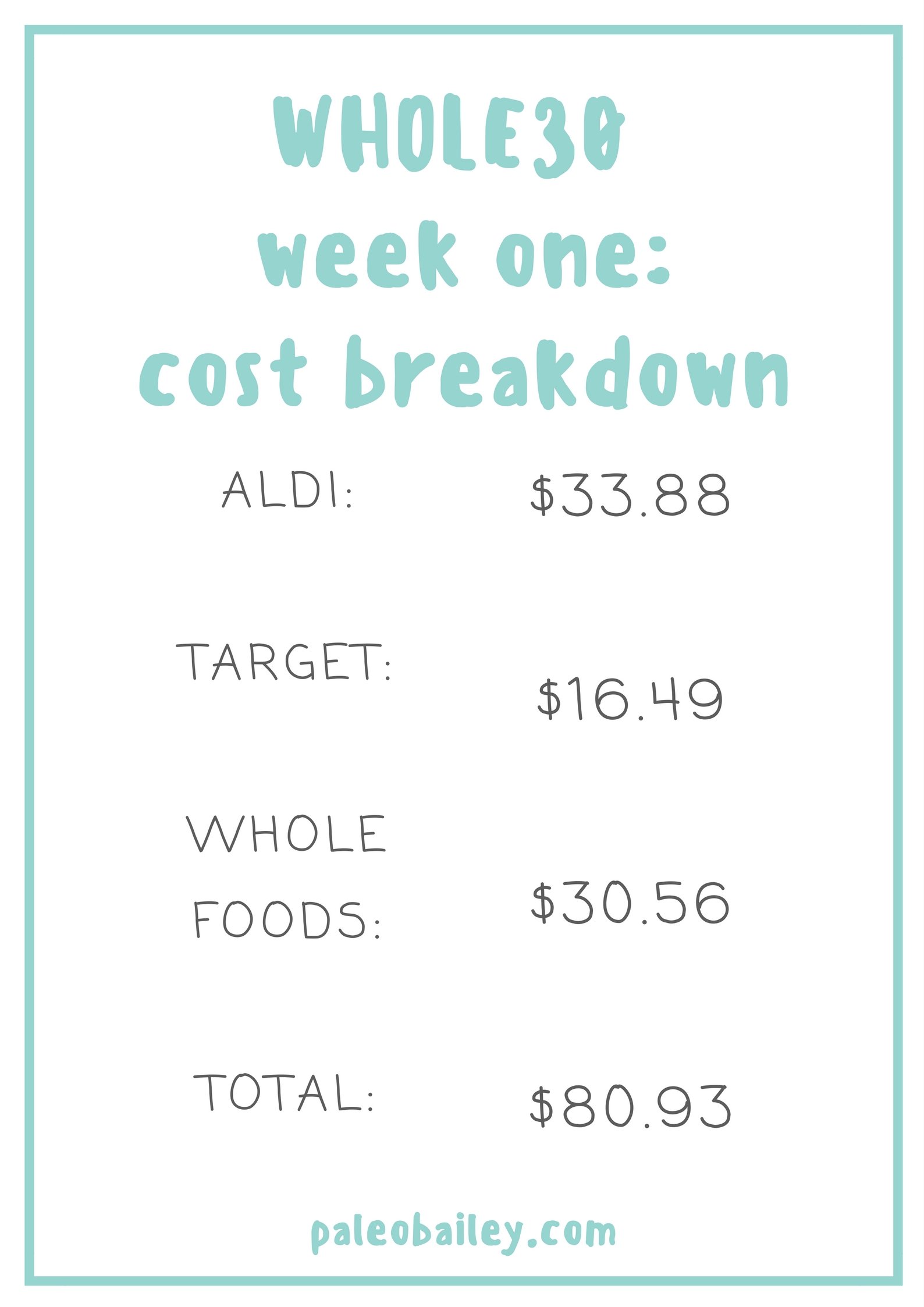
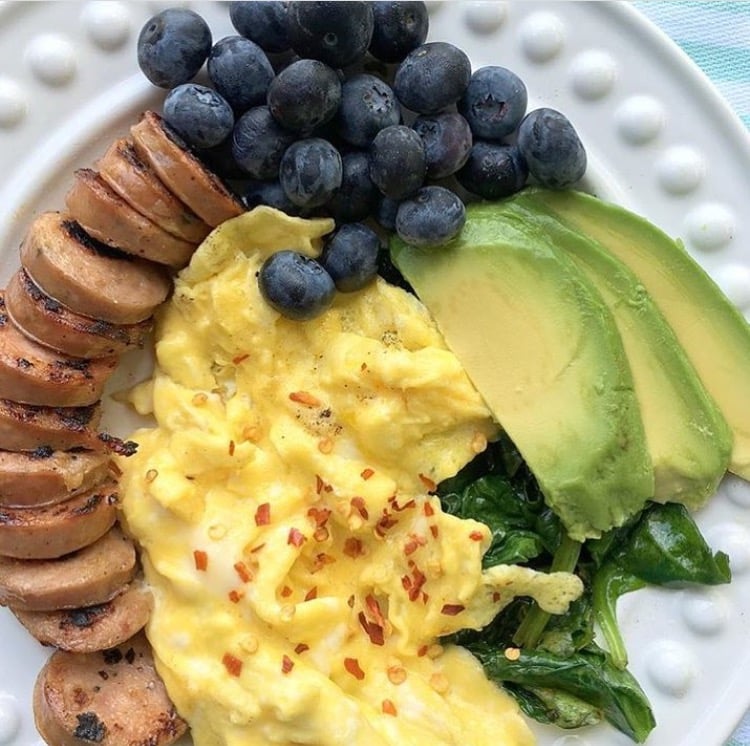
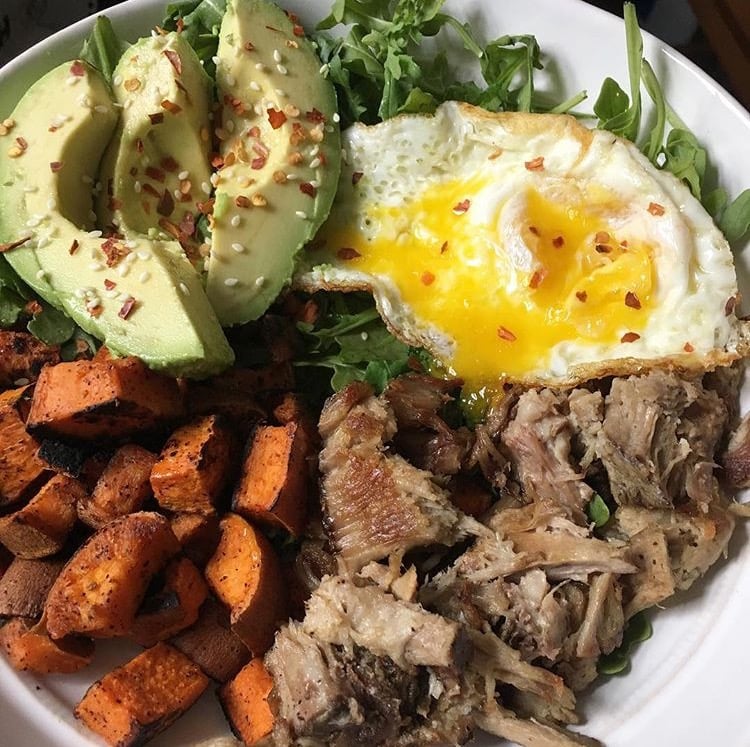

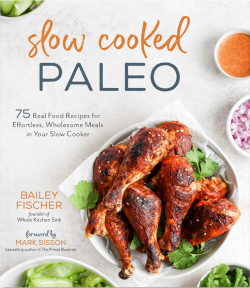
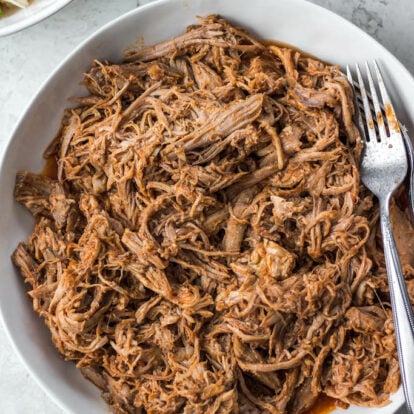
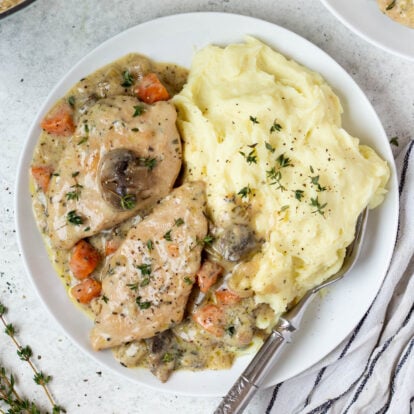
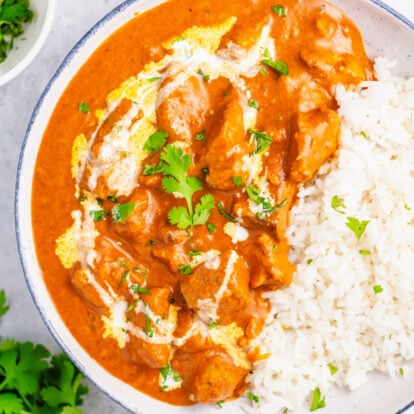
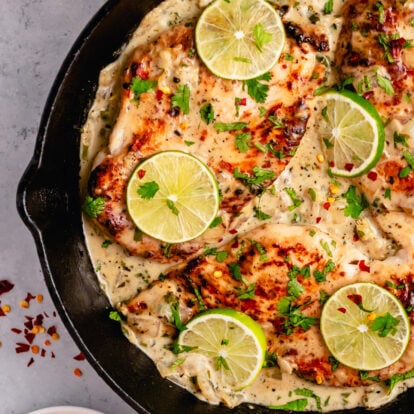

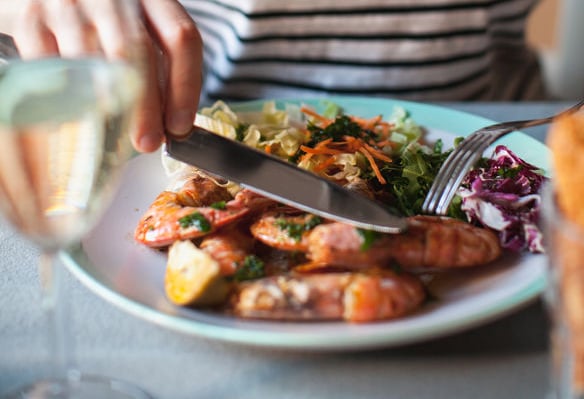

Angela J Herberg says
Your post is a lifesaver! I am just beginning the whole 30 journey, and was trying to find a budget friendly approach for one person. This is exactly what I was looking for so thank you!
Rajesh Gupta says
Nice Article it’s really helpful
Holly Holman says
I have found while on Whole30 rounds our eating out goes down to almost nothing, but our grocery bill goes up, it’s almost even so it really isn’t that big of a deal to buy healthy foods for us. I only buy certain things organic and like you I make most sauces and condiments.
paleobailey says
Yes! Same here. It was kind of shocking to me to take a look at how much we were spending on eating out. Even if it wasn’t all that much, really, it was crazy how quickly it adds up here and there!
Courtney says
This was such an informative post! I would love to have a shopping list printable for each of the posts in this series!
Either way, so helpful!
paleobailey says
That’s a great idea! Thanks, Courtney! Glad it was helpful for you <3
Marisol Bolivar says
Hi
This was helpful…..however…..Curiosity. For how many people do you cook. And or for your 80$ spent. How many meals did it yield?
paleobailey says
Hi! The recipes this yielded are listed in the post, plus breakfasts every day:
Meal Prepped Recipes:
Instant Pot Beef Spaghetti Sauce (served with spaghetti squash and a veggie)
All Purpose Pulled Pork
Pulled Pork Bowls
Slow Cooker Swedish Meatballs
Mediterranean Sausage Hash
Chicken, Potato and Cranberry Sheet Pan Dinner (clean out the fridge meal)
I also mention that “This week I froze half (2-3 portions each) of the spaghetti sauce, half of the pulled pork and half of the Swedish meatballs. Later on during my budget Whole30, these will serve as quick meals that I’ve already cooked… and paid for!”
I also talk about how the produce and staple items needed on the first week of Whole30 make it more expensive on the week 1 budget post, but they carry into the next few weeks-
“for my first week Whole30 budget breakdown by store, including ingredients/meals I paid for this week but will use later on, will look more expensive the first week but again, will show up to benefit my budget in the following weeks. Those ingredients and meals are: almond milk, chicken and apple sausage, bacon, BBQ sauce, canned tomatoes and coconut milk, Swedish meatballs, spaghetti sauce and pork shoulder. Produce I purchased this week, like bags of sweet potatoes, white potatoes, carrots, and onions, will also carry over into next week or two but be reflected on this week’s budget. With the items that I purchased that will go beyond this week, the total would have probably been more in the $50 range.”
Hope that helps!
Kristi says
Was this for one person? Or more than one?
paleobailey says
This was for just me, with my boyfriend eating a few meals with me here or there.
Jenessa says
I’m super interested in following this! While I eat pretty healthy I am suck at budgeting food. I just want to buy all the delicious things! This already gave me some good ideas!
paleobailey says
Thanks, Jenessa! I’m so happy it’s helpful! Week 2 will be up tomorrow! Let me know what you think! 🙂
JenS says
Awesome post..keep them coming 🙂
paleobailey says
Thanks, Jen! I’m glad you enjoyed it!
Norma says
This is terrific! Thank you!
paleobailey says
Thanks! I’m happy you liked it and hoped you found it somewhat useful!! 🙂